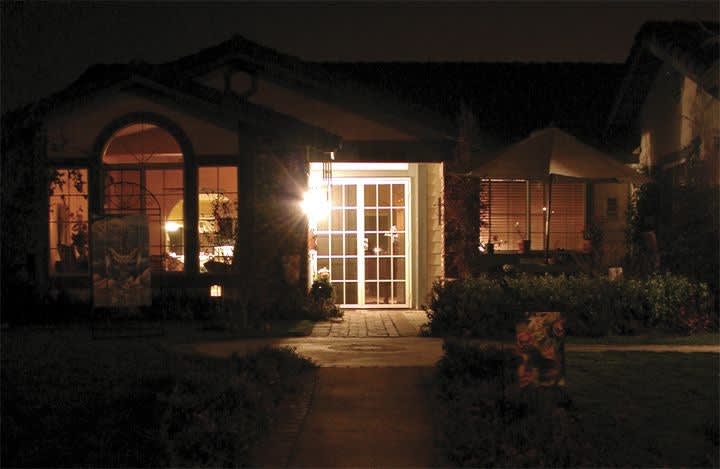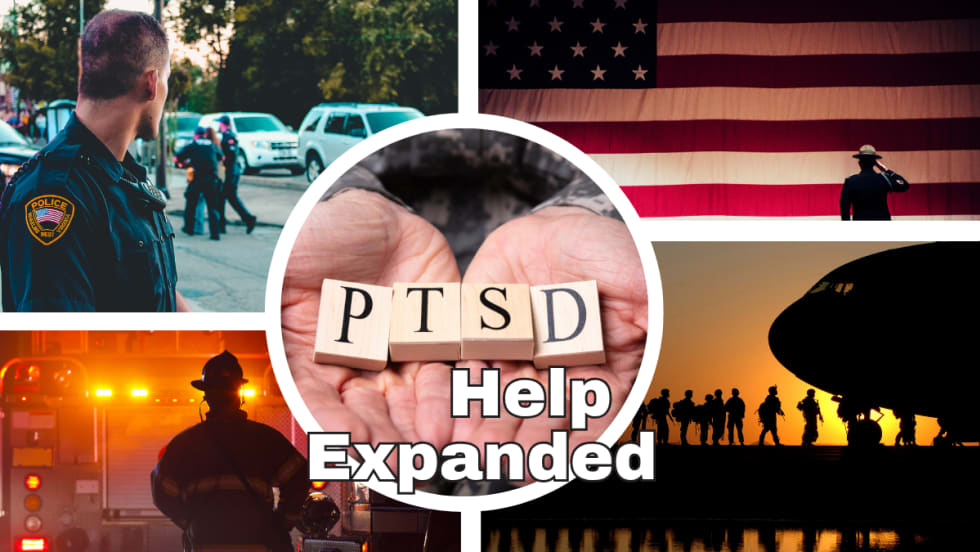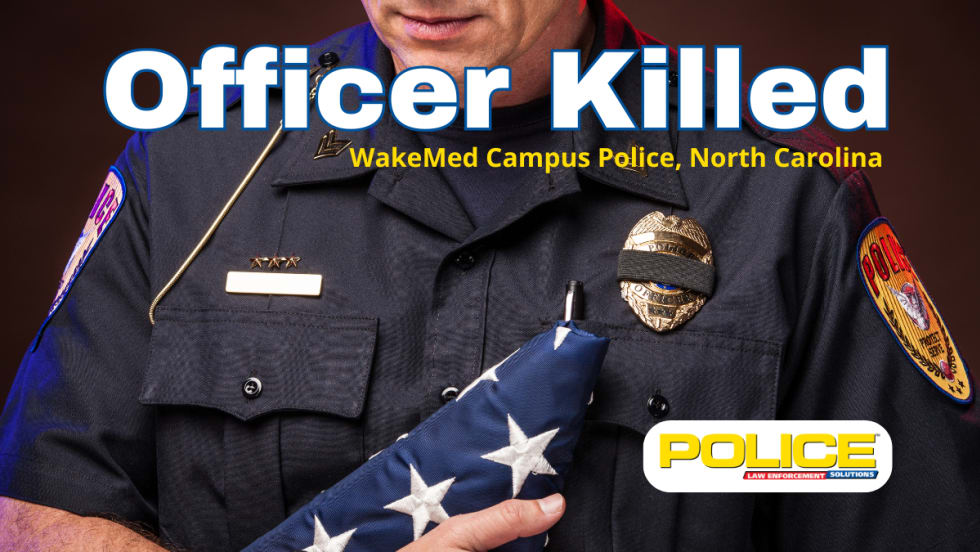A sheriff's department sergeant with 20 years of experience arrived at a reported domestic violence call just after midnight. He entered the residence alone, then telephoned for backup. When assisting officers arrived they discovered the sergeant in a violent struggle with an adult male armed with a knife. Before the other officers could intervene the sergeant was stabbed fatally in the neck.
A fourteen-year veteran officer was killed while investigating a domestic dispute. The officer was assisting another policeman who had stopped a vehicle after seeing a man and woman struggling inside. While the officers were interviewing the woman, the adult male fled in the vehicle to a relative's home. The officers pursued and as they approached the residence on foot they were fired on with a .38-caliber revolver from a window. The victim officer was hit fatally in the upper torso. A second officer was wounded.
A sheriff's deputy was shot to death on a domestic violence call. The officer confronted the male half of the disturbance at a residence and was attempting to question him when the 70-year old produced a shotgun and fired twice. The officer was struck fatally in the head and neck. A second deputy was fired at as he arrived and, in turn, shot and killed the suspect.
While it is important to devote a great deal of attention to the legal and procedural aspects of handling a domestic violence call, it is even more vital that all peace officers are extremely knowledgeable about the tactics and techniques required to survive a domestic violence intervention. These measures are made even more important due to the reality that many domestic violence scenes are made more hazardous by the presence of alcohol, drugs, and deadly weapons. Fortunately, what most officers have learned and practiced as basic street survival skills will go a long way toward assuring their safety at the scene of domestic violence. These skills include the following:
Learn as much as possible about what you will be facing on a call. That means questioning your dispatcher, if necessary, as well as victims and witnesses on-scene. Some of the queries you will need answered are obvious: Are weapons involved? What kind? How many participants are there? Has an offender fled? If so, what is his description and where has he gone? Is there a prior record of violence involving this subject or address, including violence against officers?












